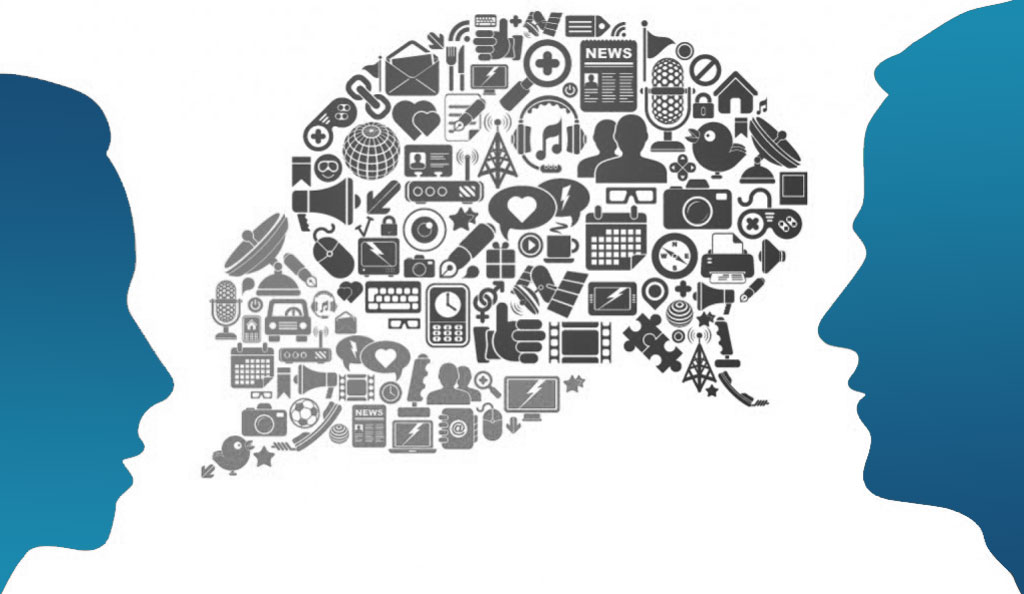Nowadays application of technology becomes an inevitable part of human life. As time passages, people are embracing new means to communicate with the help of developing technologies. Communication is mainly categorized as two levels, a personal level, and a business.
For individuals, communication technology helps to discover new friends and keep in touch with old friends. Text message services help to text instantly through mobile phone apps. Parental security apps like Secura Trac helps to track children by installing GPS sensors. Moreover, free internet calls service helps to make free calls to friends and family. (E.g.: Skype) E-mail services (Gmail, Rediff mail, Hotmail and Yahoo mail) are still being used to transfer information, however social networks are trying to swap email services.
In business, the technology uses to communicate with intended clients and amongst dealers and users. It helps in numerous ways and by various applications. It includes aid to launch new product easily, by efficient online communication technique with in companies. ‘MailChimp’ is an application help to share messages among colleagues in minutes. Surveys conduct for service and product via social networks while giving free promotions and vouchers. Moreover, social networking sites (Facebook and Twitter) helps to create special pages like ‘Nordstrom’ in order to improve business. Video conferencing’s a help to conduct online meetings and presentations without even traveling. Digital networks which connected with printers and smartphones help to make office works very easier.

The transmission of electronic messages through the internet is called E-mail or the Electronic mail. E-mails have three parts which consist of a header, a message, and signature (O'Leary, O'Leary and O'Leary, 2017). E-mail has a prominent place in the field of communication. According to Kettinger and Grover, inter-organizational communications over computers as intermediate are mostly depended on electronic mails (Kettinger and Grover, 2007). Messaging. 1. Text Messaging or SMS 2. Instant Messaging (IM)
Texting is a process of sending SMS (Short Message Service) with less than 160 characters and/or an MMS (Multimedia Messaging Service) which includes images, videos and voice messages using a wireless network to any individual’s smartphone. while Instant messaging allows an individual to interact in live communication with other people over the internet. The significant IM applications include Facebook’s Messenger and Google’s Hangouts (O'Leary, O'Leary and O'Leary, 2017).
Social Networking
Social networking is an emergent and prominent Web application that helps to establish a link between peoples and organizations where activities and ideas can share. Some of the widely used Social networking sites are Google+, Instagram, LinkedIn, Tumblr, Pinterest, and Facebook. The user group is communities , persons and business team.
Blogs
Blogs or weblogs are personal websites created by individuals to interact with others. Blogger and WordPress have mostly used blogs.Microblogs
Microblogs are the short blogs which have only a few writings and activities. Twitter is an application that helps to share messages (tweet) daily between friends and family.
Webcasts
Webcasts transport audio and video files to the user’s computer using streaming technology.
Podcasts
Podcasts help to downloads audio and video files to the user’s computer without using streaming technology.
Wikis
Wiki or Wikipedia is an encyclopedia which can be accessed online. It is a part of web authoring and it helps to write and edit information in the site.